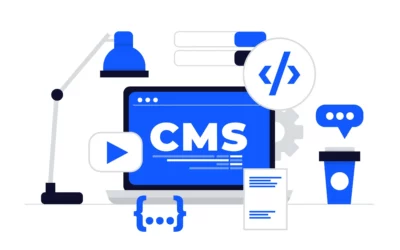Introduction:
Software testing is an integral part of the software development life cycle, ensuring that the final product meets the desired quality standards. However, even experienced testers can make mistakes that may lead to undetected defects and impact the overall product quality. In this blog, we will explore some common software testing mistakes and provide valuable tips on how to avoid them for more effective testing.
Insufficient Test Planning:
Inadequate test planning is one of the most frequent errors in software testing. Without a clear test strategy in place, launching into testing can result in haphazard testing, the omission of important situations, and a lack of thorough coverage.
Avoidance Tip: Invest sufficient time and effort in test planning. Understand the project requirements, identify the scope of testing, and create a detailed test plan that outlines test objectives, test cases, testing environments, and resources needed. Collaboration with BA and development teams can help in capturing all the necessary test scenarios.
Poorly Written Test Cases:
Writing effective test cases is crucial for successful testing. Often, testers create test cases that are ambiguous, incomplete or lack clear steps, leading to inaccurate results and confusion during execution.
Avoidance Tip: Ensure that test cases are well-defined, easy to understand, and cover all possible scenarios. Use clear and concise language, include preconditions and expected results, and organize test cases logically for better traceability.
Neglecting Boundary Value Analysis:
To find flaws at the margins of input ranges, boundary value analysis is a crucial technique. Testing professionals could fail to take this strategy, concentrating only on standard scenarios and failing to find potential problems.
Avoidance Tip: To find boundary-related flaws, always perform boundary value analysis for numerical and input fields. To make sure the software processes these values properly, test input values around the boundaries and slightly beyond them.
Ignoring Compatibility Testing:
In today’s multi-platform world, ignoring compatibility testing can be a severe oversight. Testers may concentrate on a single browser or operating system, neglecting the variety of devices and configurations that users may utilize.
Avoidance Tip: Prioritize compatibility testing on different browsers, operating systems, and devices to ensure the software performs consistently across various platforms. Consider testing on both older and newer versions of browsers and operating systems.
Inadequate Regression Testing:
Failing to conduct thorough regression testing after code changes or bug fixes can lead to the recurrence of previously resolved issues and potential new defects.
Avoidance Tip: Integrate regression testing into your testing process and automate repetitive tests to save time. Whenever there are code changes, execute regression test suites to verify that existing functionalities remain unaffected.
Insufficient Bug Reporting:
Vague or incomplete bug reports can lead to misunderstandings between testers and developers, resulting in delayed bug fixes and project delays.
Avoidance Tip: Provide clear and concise bug reports that include detailed steps to reproduce the issue, expected and actual results, environment details, and screenshots or video recordings if necessary. Use bug-tracking tools to streamline the bug reporting and tracking process.
Conclusion:
Software testing is a crucial activity in the software development process, and avoiding common testing mistakes is essential to deliver a high-quality product. By investing in comprehensive test planning, writing effective test cases, performing boundary value analysis, conducting compatibility testing, and prioritizing regression testing, testers can significantly improve the effectiveness of their testing efforts. Remember, a proactive and meticulous testing approach will lead to better software quality and ultimately result in a more satisfied end-user experience.




